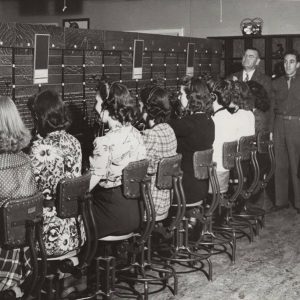 Chaffee Switchboard
Chaffee Switchboard
County: Sebastian
 Chaffee Switchboard
Chaffee Switchboard
Childers, John (Execution of)
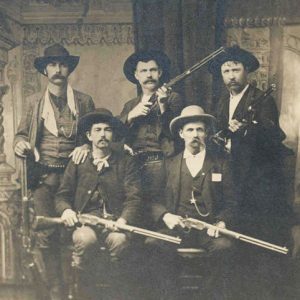 Ned Christie Posse
Ned Christie Posse
City of Fort Smith v. Wade
 Civil War Trail
Civil War Trail
Clayton House
aka: W. H. H. Clayton Home
 William H. H. Clayton House
William H. H. Clayton House
Clayton, William Henry Harrison
 Coal Miners Memorial
Coal Miners Memorial
Colley, Chad
aka: Ralph C. Colley Jr.
Congress of Racial Equality (CORE)
Cooke, Charles Maynard “Savvy,” Jr.
Coop Creek Bridge
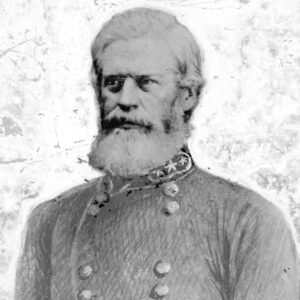 Douglas Cooper
Douglas Cooper
Coronado Coal Co. v. United Mine Workers of America
aka: United Mine Workers of America v. Coronado Coal Co.
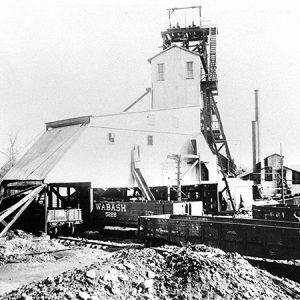 Coronado Coal Company Mine
Coronado Coal Company Mine
 County Road 4G Bridge
County Road 4G Bridge
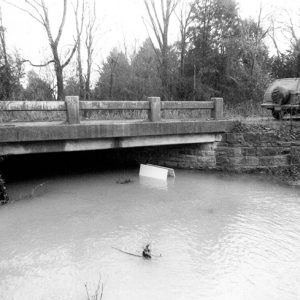 County Road 4G Bridge
County Road 4G Bridge
 CR 4G Bridge Road Bed
CR 4G Bridge Road Bed
Cravens, William Ben
Cravens, William Fadjo
 Crumpton, Boudinot Execution Story
Crumpton, Boudinot Execution Story
Cuban Refugee Crisis
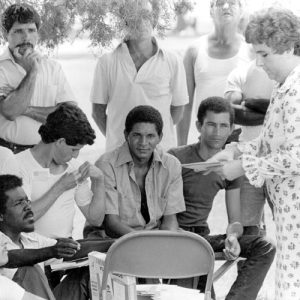 Cuban Refugees
Cuban Refugees
 William O. Darby
William O. Darby
Darby, William Orlando
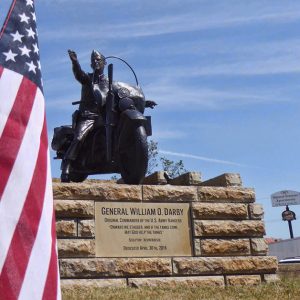 William O. Darby Memorial
William O. Darby Memorial
Devil’s Backbone, Action at
aka: Action at Backbone Mountain
aka: Action at Jenny Lind
Dodd, Sonora Louise Smart
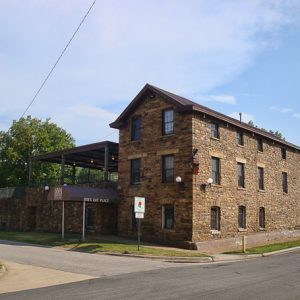 Doe's Eat Place
Doe's Eat Place
 Doughboy Monument, Fort Smith
Doughboy Monument, Fort Smith
 Dredge Boat
Dredge Boat
Dumas (Lynching of)
 Dumas Lynching Article
Dumas Lynching Article
Dunaway, Hollie “Hot Stuff”
DuVal, Elias Rector
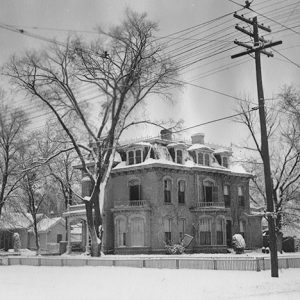 Elias Rector DuVal Home
Elias Rector DuVal Home
Eberle, Edward Walter
 Ed Walker's Curb Service
Ed Walker's Curb Service
 Ed Walker's Drive-in and Restaurant
Ed Walker's Drive-in and Restaurant
Ed Walker’s Drive-in and Restaurant
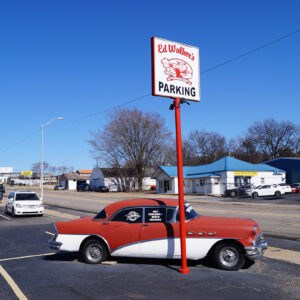 Ed Walker's Parking
Ed Walker's Parking
Edwards, John
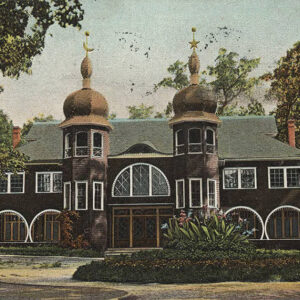 Electric Park Pavilion
Electric Park Pavilion
Eleventh Regiment, United States Colored Troops (US)
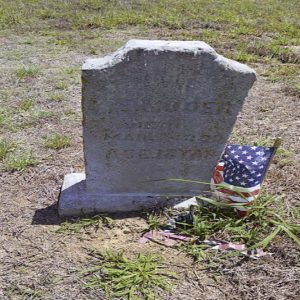 Elmwood Grave
Elmwood Grave
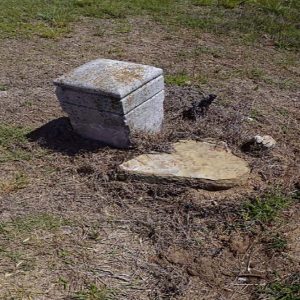 Elmwood Grave
Elmwood Grave
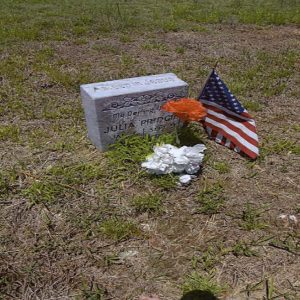 Elmwood Grave
Elmwood Grave
 Elmwood Grave
Elmwood Grave




